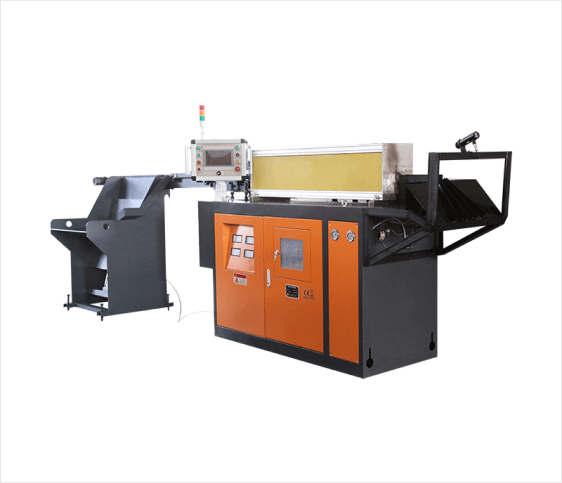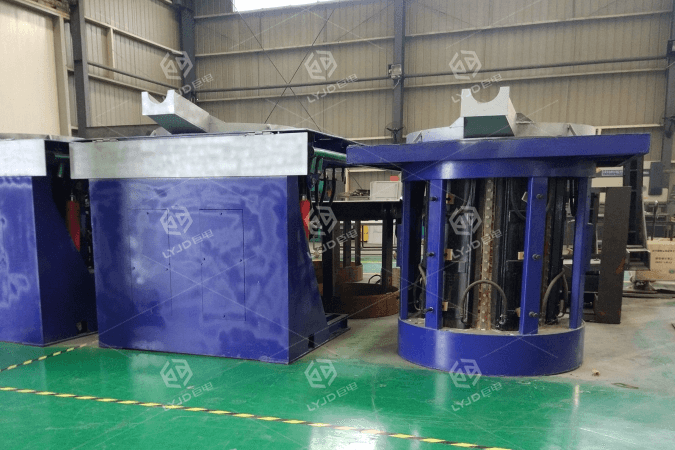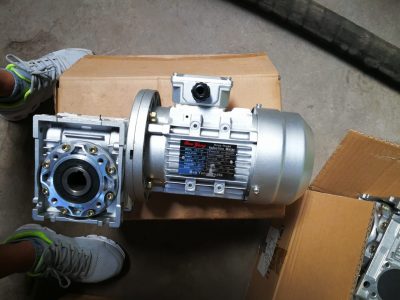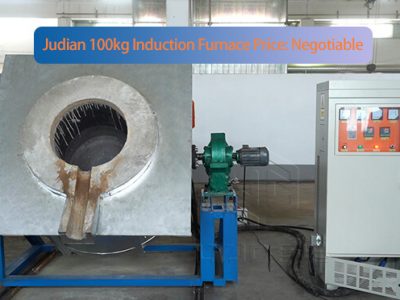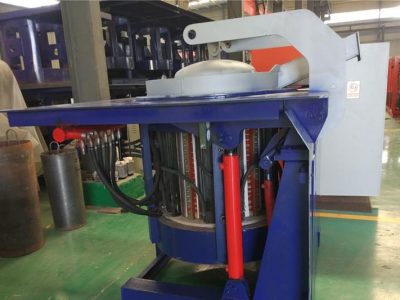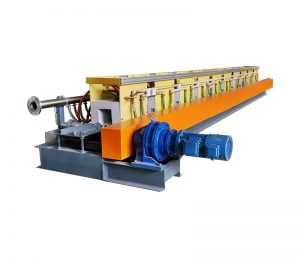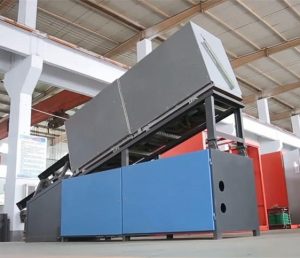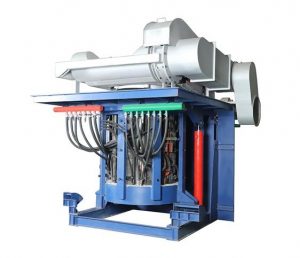When investing in an electrical induction furnace, understanding its capabilities and practical benefits is essential for making informed industrial decisions. These furnaces offer fast, precise, and energy-efficient solutions for metal heating, smelting, and heat treatment, meeting the demands of global manufacturers.
How Induction Furnaces Work
Electrical induction furnaces rely on electromagnetic induction to heat metals efficiently. An alternating current passes through a coil, generating a magnetic field that induces eddy currents in the metal. These currents produce heat directly inside the material, ensuring uniform and precise temperature control.
Key components include:
- Induction Coil – generates the alternating magnetic field.
- AC Power Source – delivers the electrical current.
- Workpiece – the metal being processed.
This approach reduces energy loss and ensures consistent results, making induction furnaces ideal for a wide range of industrial operations.
Key Considerations Before Purchase
Selecting the right induction furnace requires evaluating several technical factors:
- Capacity: Match furnace size to production requirements, from small-scale (50 kg) to large-scale (10 tons).
- Voltage Compatibility: Industrial models typically require 380V–690V.
- Cooling System: Choose between air-cooled or water-cooled based on operational needs.
- Frequency Range: Intermediate frequency (2–10 kHz) suits deep heating applications for gears, billets, or large components.
- Material Compatibility: Ensure the furnace can handle ferrous, non-ferrous, or specialty metals.
- Automation & Control: Advanced temperature monitoring simplifies operation and improves consistency.
Benefits of Electrical Induction Furnaces
Induction furnaces offer advantages that improve both efficiency and product quality:
- High Efficiency: Direct heating reduces energy consumption by up to 30% compared to traditional furnaces.
- Precision & Uniformity: Consistent temperatures minimize defects and ensure superior product quality.
- Reduced Oxidation: Non-contact heating limits oxidation and decarbonization.
- Versatility: Supports localized heating for forging, quenching, tempering, and smelting.
- Eco-Friendly Operation: Low energy use and no emissions contribute to sustainable production.
- Labor-Saving Automation: Automatic adjustments reduce manual intervention and improve operational consistency.
Industrial Applications
Intermediate frequency induction furnaces are versatile tools across multiple sectors:
- Forging & Hot Rolling: Preheating billets for extrusion and rolling operations.
- Heat Treatment: Quenching, tempering, and annealing to enhance material properties.
- Metal Smelting: Efficiently melts ferrous, non-ferrous, and rare metals for casting.
- Sintering & Powder Metallurgy: High-precision heating of refractory metals and large components.
- Precision Components Manufacturing: Ideal for gears, tool guides, and ductile iron parts.
Choosing the Right Furnace
A well-selected induction furnace balances capacity, voltage, cooling, and material requirements. When properly matched to production needs, it delivers faster melting, precise temperature control, and energy savings, while supporting sustainable industrial practices.
